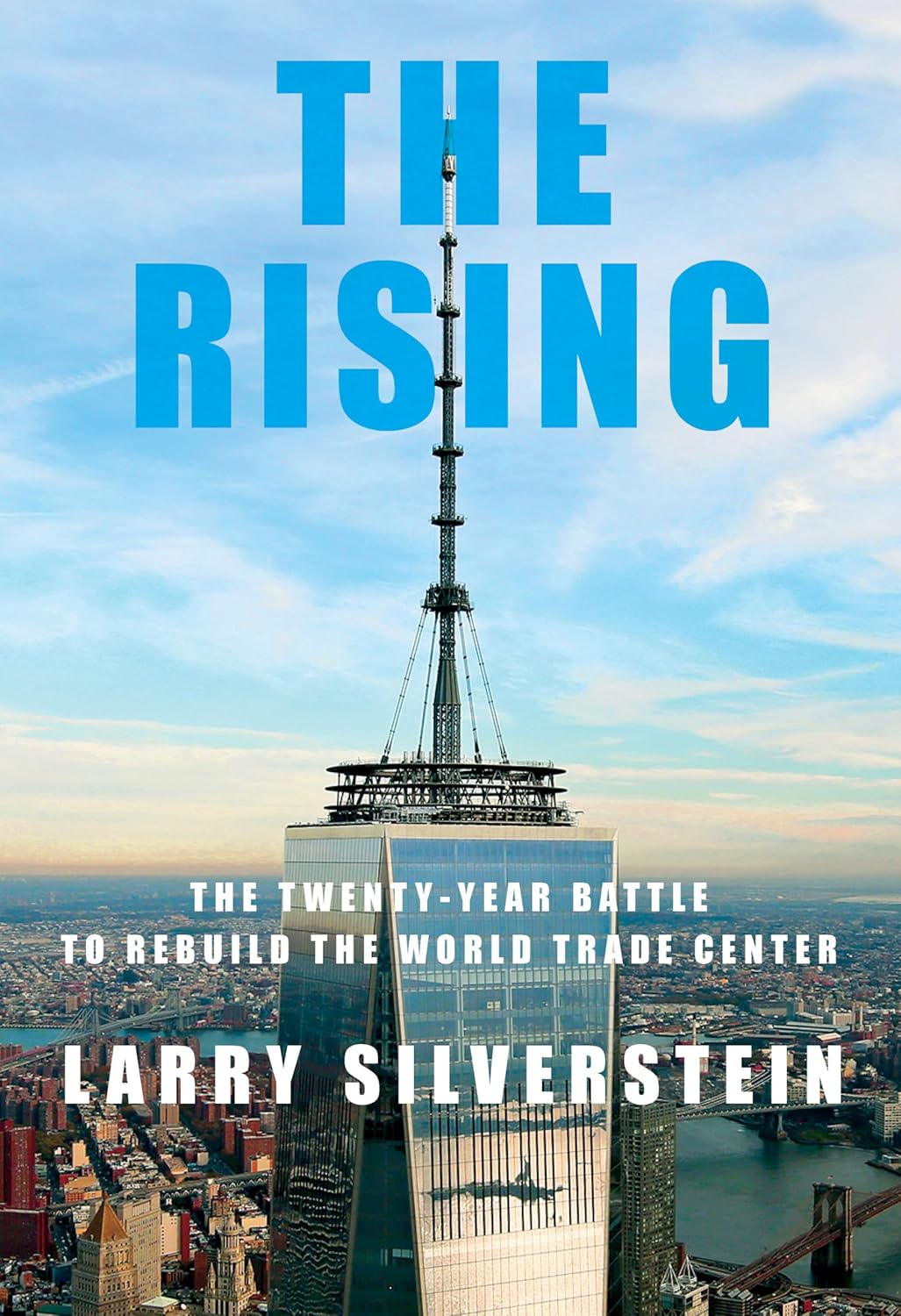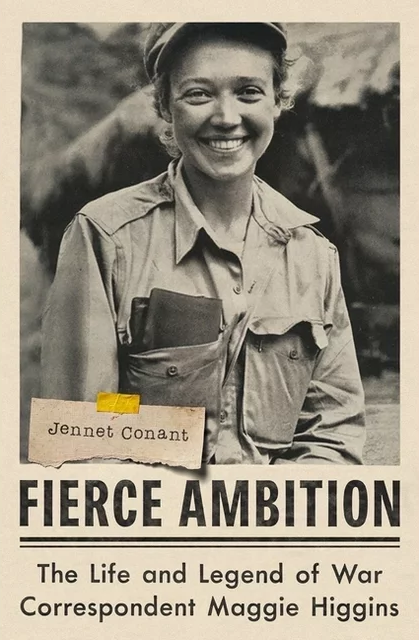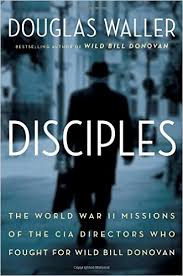The Rising: The Twenty-Year Battle to Rebuild the World Trade Center
- By Larry Silverstein
- Knopf
- 368 pp.
- Reviewed by Larry Matthews
- September 23, 2024
Recounting the brutal, protracted fight to reclaim Ground Zero.

To the two things nobody wants to see made — sausage and legislation — we should probably add a third: New York real estate deals. Manhattan developer Larry Silverstein, described as famous or infamous depending on who you talk to, signed a 99-year lease on the World Trade Center in July 2001, two months before 9/11. The morning the planes hit, he had a doctor’s appointment and didn’t make it to the Twin Towers for his usual breakfast with clients. It saved his life.
Along with the rest of the world, Silverstein watched in horror and disbelief as the buildings fell. In the aftermath of that horrific event, he joined New York City’s leadership in vowing to rebuild. The Rising is his account of how it happened. It’s not a pretty story.
Granted, this is the gospel according to Larry Silverstein, and he uses it to settle scores with the New York and New Jersey Port Authority, governors and mayors, architects, the New York Times, financial institutions, and others. He paints a world in which lying, threats, betrayal, broken promises, ignored contracts, and all sorts of other unpleasantries are standard operating procedure.
After the shock and horror of 9/11 and the subsequent vows to rebuild, Silverstein was left with a $10-million-a-month rental obligation on structures that no longer existed. The Port Authority insisted that a (prior) deal is a deal and didn’t honor its side of the contract when the parties involved agreed to initial plans to rebuild. This led to more planning, more lawyers, and expensive lawsuits against insurance companies that refused to pay up. Financing slipped away, architectural bills were astronomical, and on it went. Admits Silverstein:
“In truth, I am a control freak. I need to be in command, to be able to make the decisions that will affect my family and my business. During the terrible days and weeks after 9/11, I was not myself. I was not in control. For the first time in my life I felt that I was unable to handle things.”
Multiple new buildings were to be erected at Ground Zero, and each required designers, engineers, and special steel and other materials that would render them blast-proof. Every building required agreements and contracts with numerous entities, most of whom distrusted everyone else. The often-acrimonious negotiations took months and included intimidation, obscenities, and more broken promises.
Politicians held ribbon-cutting ceremonies to announce construction that would never take place. Banks guaranteed, and then pulled out of, financing. Would-be lessees agreed to multi-year, multi-million-dollar deals and then canceled, leaving Silverstein with no financial backing for his loans. Governors made pledges and then reneged.
At one point, the main building, the tallest, was to be called Freedom Tower, a response to the attacks that had brought down the Twin Towers. While the name sounded good coming out of grandees’ mouths at press conferences, potential lessees were concerned that, for terrorists, it might put a bullseye on the place. Eventually, the building was christened One World Trade Center. After long and bitter haggling, it was agreed that the Port Authority would build it, while Silverstein would take on the other buildings at the site. Each is a magnificent skyscraper.
Silverstein is a stubborn man, a self-made billionaire who appears to know everyone who’s anyone in New York. The haggling over what and how to rebuild the World Trade Center got very ugly, and the Port Authority initially offered hundreds of millions of dollars to buy him out of his original lease. He refused, explaining:
“I never considered the offers for a minute…No one seemed to understand that after 9/11 my involvement in the World Trade Center was not primarily about money or profit. There was something larger, more emotional, more significant motivating me. I was determined to show the people who had attacked America that we don’t give up.”
He certainly didn’t. It took 18 years to fill the holes left by Sept. 11th, but today, the site not only reflects Silverstein’s and others’ determination to answer the horror of the worst terrorist attack on American soil with something spectacular, but it also stands as a vibrant memorial to those who died on that awful morning.
The Rising is well written and easy to read. It opens a window into the dog-eat-dog world of commercial real estate in Manhattan, a world so unpalatable that I found myself wondering why anyone would want to be part of it. Then I remembered that billions of dollars are in play, and those with the stomach for the fight can make themselves very rich. In the bargain, if they’re lucky, they get to produce structures that lift our hearts and help us understand who we are.
Silverstein’s office is in one of the new towers he built. “I look out through a wall of floor-to-ceiling glass at a neighborhood that didn’t exist twenty-three years ago,” he reflects. “A neighborhood I helped to create.” In his 90s now, he feels as though he beat the naysayers who said he couldn’t do it. Clearly, he could.
Larry Matthews is the author of Age in Good Time and other books.

